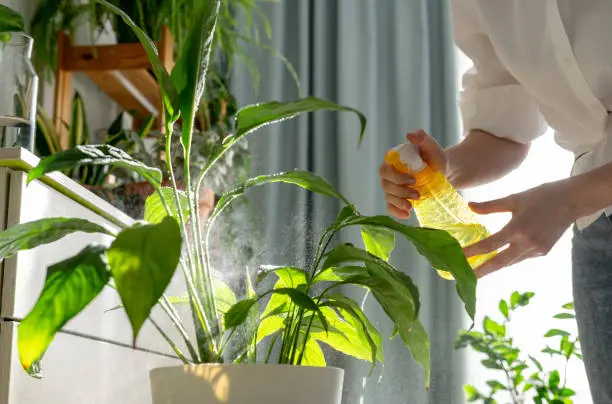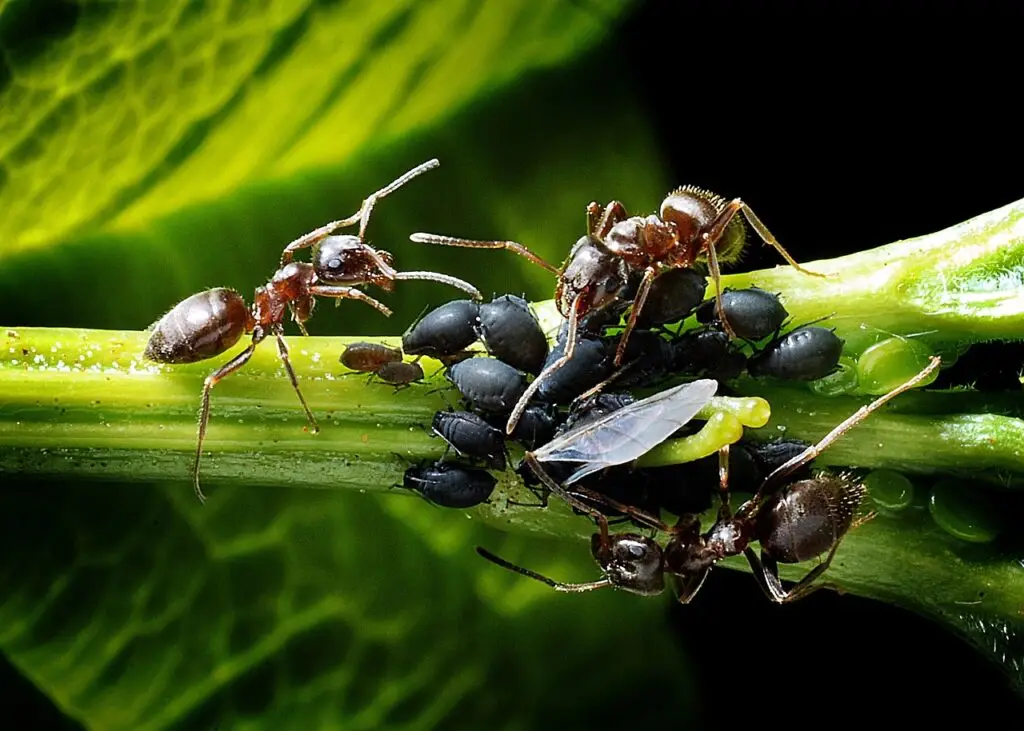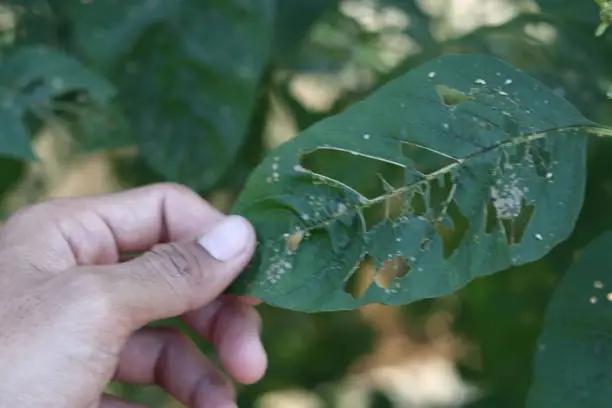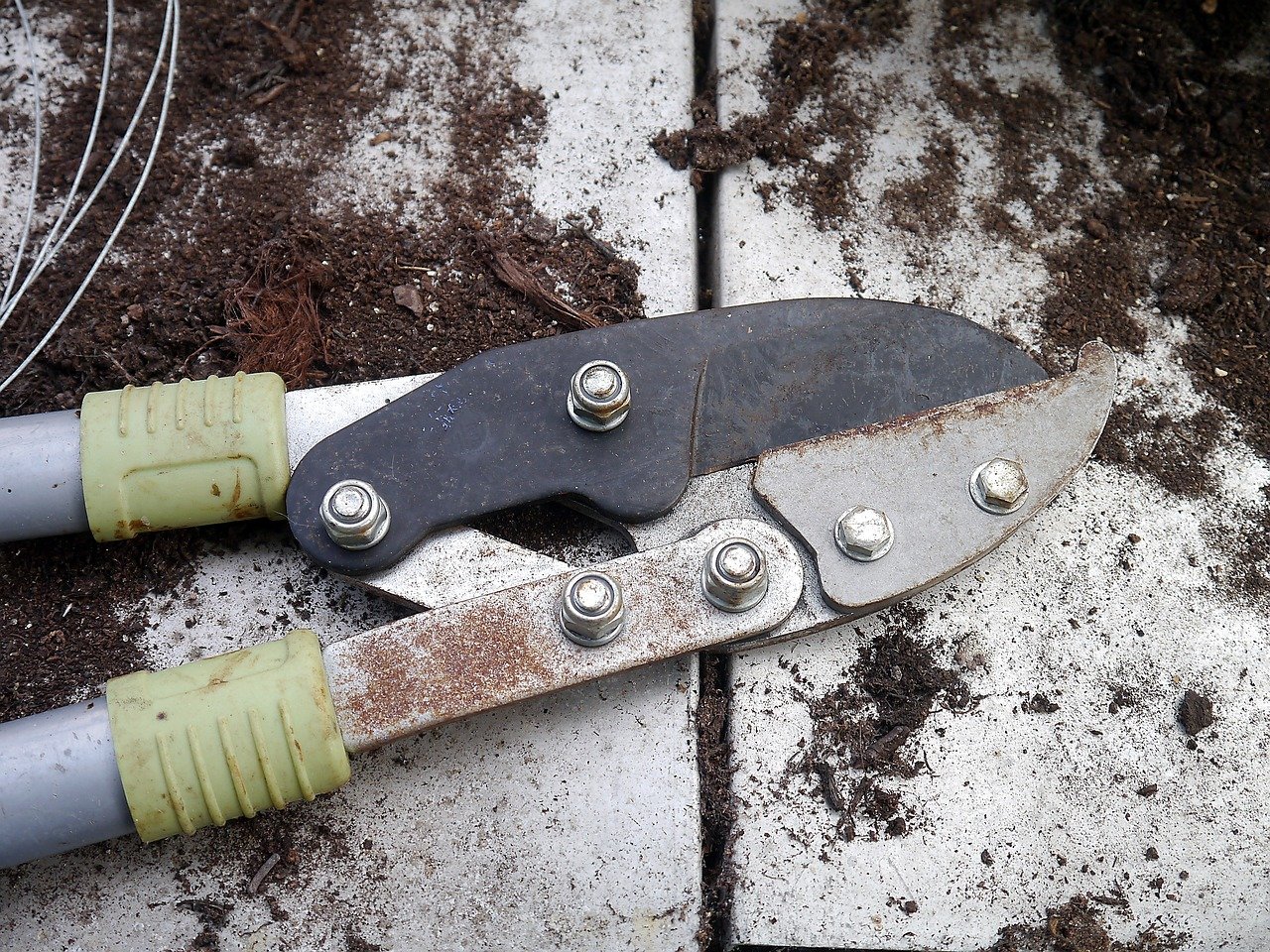
Timing is everything. When to plant strawberries for a great harvesting season is what you should worry about
When to plant strawberries In this book called “The Plot Hero’s Guide,” you are going to learn about the strategic

Nothing can make me feel as hopeless as spotting a bunch of tiny pests on my green companions. Aphids, the very small insects that can come in various colors, are a big issue everywhere in your plant’s household garden space.
However, you need not panic, as there are proven measures to eliminate such awful adversaries. And save the precious well-being of your beloved ornamental plants. We are going to venture into how to get rid of aphids on indoor plants,
and through this, we are going to highlight some all-natural and chemical solutions to get rid of this intrusive pest from your plants.
It is their responsibility to provide answers to those who are looking for eco-friendly and organic ways to deal with aphids. Which are a major problem for indoor plants. And nature has already given us the tools to do that.
The most famous remedy of nature is using insecticidal soap and the oil of neem. This noticeable impact can choke and dry the aphids, hampering the continuation of their lifecycle process.
To ensure thorough coverage of your plant’s infected areas, put the quantity of soap or oil required in some water. Follow the product’s directions, and spray.
When we get in balance with other approaches, such as introducing some beneficial insects like ladybugs or lacewings in indoor gardening. This is another natural way to combat velvet aphids. Such predatorous insects feed on aphids, which in turn contribute to the limitation in the number of ravenous pests.
On the other hand, there is a need to have perfect conditions for these nature-friendly insects to multiply and effectively cope with other insect pest communities.

Although organic solutions look most favorable, sometimes a more powerful intervention would be utilized. Particularly in instances of intensive aphid attacks. Oftentimes, synthetic insecticides. Including those containing imidacloprid or malathion, do work quite well by successfully eradicating aphid epidemics.
Despite this, you must always pay attention while using such products because they can pollute the environment. If you apply them incorrectly, and humans, pets, and bees can be hurt.
Before proceeding with any form of chemical treatment for the elimination of aphids on indoor plants. Caution and instructions must be the top priorities to follow and conform to. Safety gear. Such as gloves and masks, should be worn, as the treatment techniques should be properly ventilated.
In addition to this, to protect plants from possible sunburn when they are grown under direct exposure to the sun. It’s recommended to treat them when not in the sun.
While individual approaches to the usage of green toxins for destroying aphids on indoor plants may be verifiable. It needs to be said that overall, a peaceful method. That suggests integrated pest management, that is, IPM, that makes use of several strategies, is still the one that works better.
IPM should comprise regular monitoring of the plants for aphid signs like infestation, species identification. And multiple control methods functioning at the same time, including physical disposal of damaged plants, cultivating natural predators, and the use of organic applications.
Installation of an integrated practice may mean the involvement of cultural practices. Which may include removing those plants with infested values, air circulation, watering, and using fertilizers correctly.
To be more specific, IPM utilizes both natural and chemical control measures, both of which are targeted to the specific requirements of a grower.
Indeed, the truth of this old proverb manifestly appears in this concern. Besides reacting to the presence of pests on indoor plants. Being ready to act on this possibly should interest us no less. Be sure to inspect new plants carefully so that it won’t be a problem to introduce them into the indoor garden.
Otherwise, aphids can be transmitted while infested plants are entering the operation. Keep the cultivating area litterless and tidy, with all aphid-attracting plant refuse or standing water removed.
On another point, you can make use of horticultural oils and insecticidal soaps as an approach to preventing an aphid attack. This is because aphid populations usually sprout during specific parts of the year.
Ultimate Vitamin Ultimately, the key to incorporating orange juice into a healthy diet is moderation and balance. While it can be a convenient way to boost vitamin C intake and enjoy the natural sweetness of oranges. It’s important to be mindful of its sugar content and potential drawbacks.
By making informed choices and being mindful of portion sizes, orange juice can be enjoyed as part of a nutritious diet that supports overall health and well-being.
Conquering aphids that can preoccupy your indoor plants might be a rigorous and time-consuming mission. However, if you have the willingness to succeed, it is achievable. Knowing the mechanism of these pests and mixing both natural and chemical controls. You want to get rid of these bugs that live on juice from the plants.
This means it is essential that the prevention measures you have for the planting of sick and free saplings foster monitoring. Now that you have read our comprehensive guide on how to get rid of aphids on indoor plants. You will certainly be able to battle off any infestation and prevent the discoloration and weakening of your interior plants. So that was all about.
May Improve Heart Health Some studies have suggested that consuming orange juice may have beneficial effects on heart health. Such as lowering blood pressure and improving cholesterol levels. These potential benefits may be attributed to the presence of antioxidants and other bioactive compounds in oranges.

The initial indications that an aphid menace might be just around the corner would be to find sticky honeydew residues on the leaves.
Notice abnormal curves and deformations among them, and notice the presence of white molted exoskeletons.
Nations may also arrange strategies in which insects are gathered in groups and are seen on the stems and undersides of leaves.
Aphids do not usually destroy the plant in a single shot, but they can disturb and limit the plant’s growth if they multiply. Apart from that, honeydew is a sticky substance that is produced by aphids as they excrete the waste, promoting sooty mold growth. Which may ultimately harm the plant.
Note
This is my personal opinion here I wright my all personal opinion that I seen and trouble this kind of problem so I thought share this all of people that can people easily know what happened when you drink regularly orange juice also know is orange juice good for you or not?

When to plant strawberries In this book called “The Plot Hero’s Guide,” you are going to learn about the strategic

Best Pruner Anyone who enjoys maintaining a lovely garden knows you should choose the best pruners. Pruners are some of